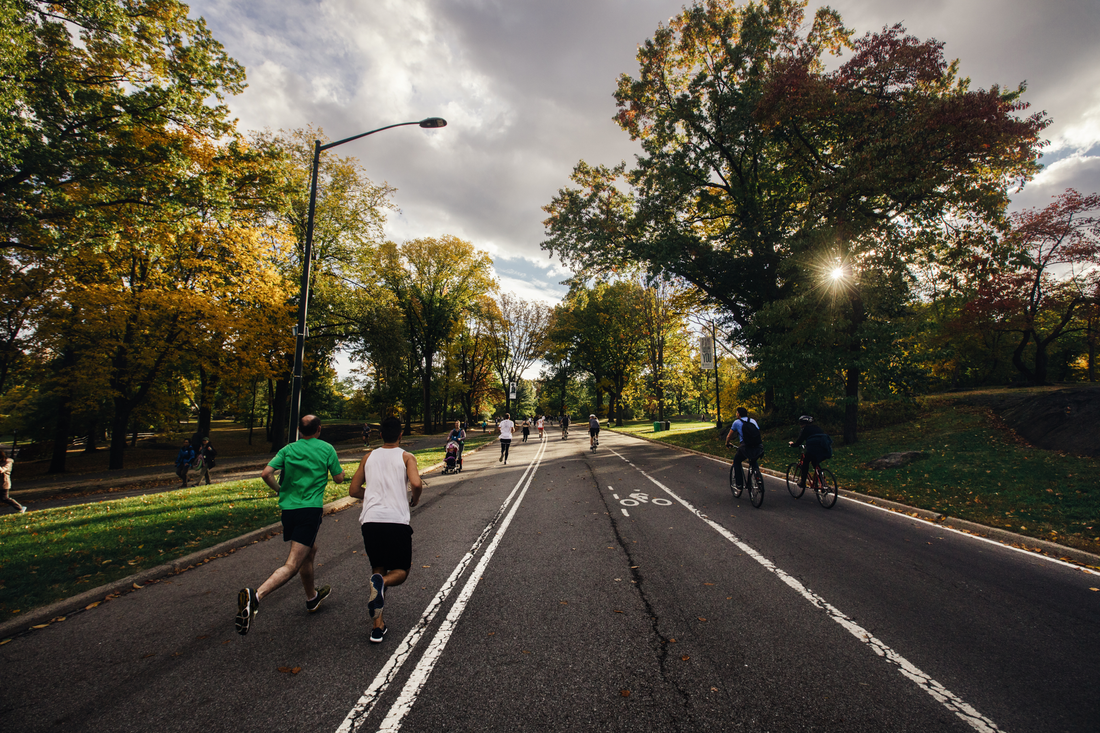
Urban Trees Store Almost As Much Carbon As Tropical Rainforests
Share
Planting trees in urban settings has numerous benefits, like increasing property values, reducing crime, removing pollution from the air, providing a habitat for animals, and even reducing symptoms of depression. With carbon dioxide levels increasing in the atmosphere, urban trees can serve another important purpose: removing carbon pollution that contributes to climate change.
A new study conducted by researchers at the University College London has shown that urban forests can store as much carbon per hectare as a tropical rainforest, which absorb more carbon than any other forest. Researchers used publicly available LiDAR (Light Detection and Ranging) data to estimate the carbon storage capabilities of 85,000 trees in Camden, a borough of London.
LiDAR was developed by UCL to measure how much carbon was stored in tropical rainforests. It uses millions of laser pulses to create a 3D image of the structure of an individual tree. Researchers can then estimate the carbon sink of the tree, measuring the amount of carbon dioxide the tree has absorbed via photosynthesis over the course of its life.
The UCL team concluded that 1 hectare of urban forest is able to store 178 tons of carbon, which falls only slightly short of tropical rainforests, which store 190 tons per hectare.
“Urban trees are a vital resource for our cities that people walk past every day,” said Dr. Phil Wilkes, lead author of the study. “We were able to map the size and shape of every tree in Camden, from forests in large parks to individual trees in back gardens.”
“This not only allows us to measure how much carbon is stored in these trees but also assess other important services they provide such as habitat for birds and insects.”
This study shows the importance of urban tree planting on a warming planet. In addition to benefiting the environment, trees planted in the city have an economic impact. Trees in the greater London area are worth around $176 million per year. These benefits come in the form of mitigating flood waters, providing cooling shade, as well as other aesthetic benefits. Around $6 million of that amount is in the form of carbon storage.
"An important outcome of our work was to highlight the value of urban trees, in their various and very different settings.” Dr Mat Disney, co-author and leader of the UCL Geography LiDAR research group, said. “The approach has been really successful so far, so we're extending it across London, to other cities in the UK and internationally.”
The study was funded by Natural Environment Research Council and the National Centre for Earth Observation.